Belly-Button of the World
According to legend, some time around A.D. 1100 Manco Capac and Mama Ocllao, children of the son and the moon, arose from the waters of Lake Titicaca and searched for the perfect place to found their kingdom.
Divine signs led them to a fertile valley more than 200 hundred miles to the north. Here they founded Q’osqo, the “belly-button of the world.”
Cusco may no longer be the impressive sight it once was when Francisco Pizarro’s soldiers found a city literally covered in gold, but it retains its strong attraction for seekers of all sorts. Fortunately the advance of tourism hasn’t diminished the city’s charms.
The people of Cusco are extremely proud of their Inca heritage (and more than one person we met still held a grudge against the conquistadors). Though little is known about Inca history, it is clear they were extraordinary builders.
The Spanish destroyed the city the Incas had built, then built on top of the nearly indestructible foundations the Incas had created. When a massive earthquake hit Cusco in 1950, the most of the Spanish-built structures were damaged – but the Inca built walls and foundations remained intact.
At its height the Inca Empire fanned out in all directions from Cusco, as far north as Quito, west into Argentina, south into Bolivia and Chile. The Incas built paved highways with established checkpoints and rest stops stretching from Columbia to Chile.
Today, Cusco remains a rest stop of sorts. The town is full of hotels, cafes, restaurants and travel agencies that cater to western tourists. And it made the perfect base for our exploration of Peru: Machu Picchu, the Sacred Valley and Lake Titicaca.
More pictures of Cusco are posted here.

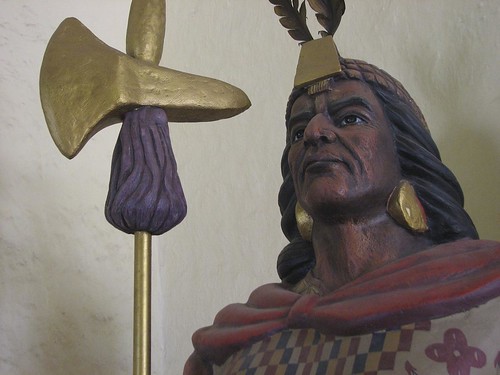

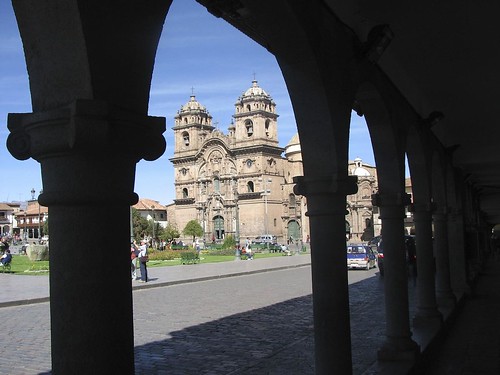
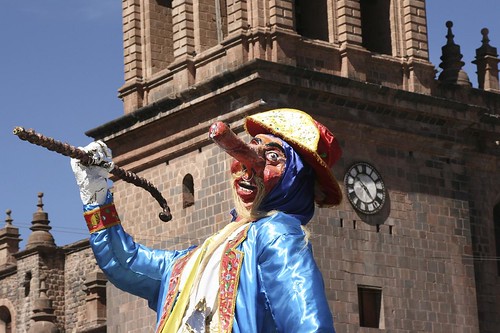
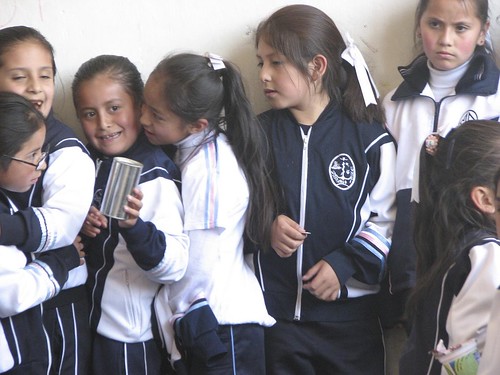
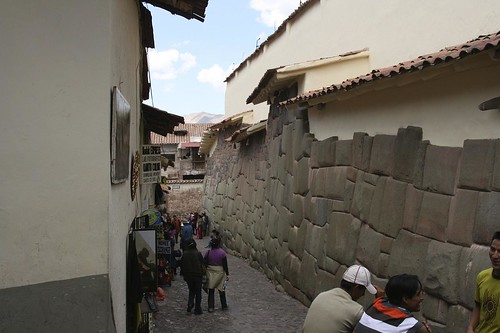

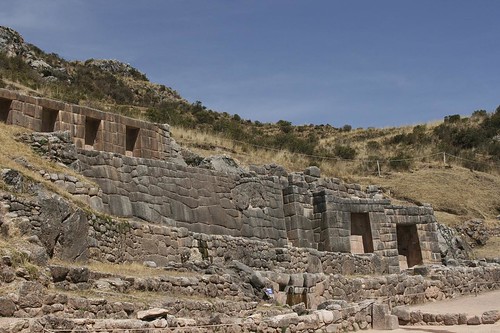





1 comment
I’m not sure where you are staying, but if you are still in Cusco, check out Los Ninos, a modest hotel run by a Dutch couple who set up school/work for street children. Very inspiring.